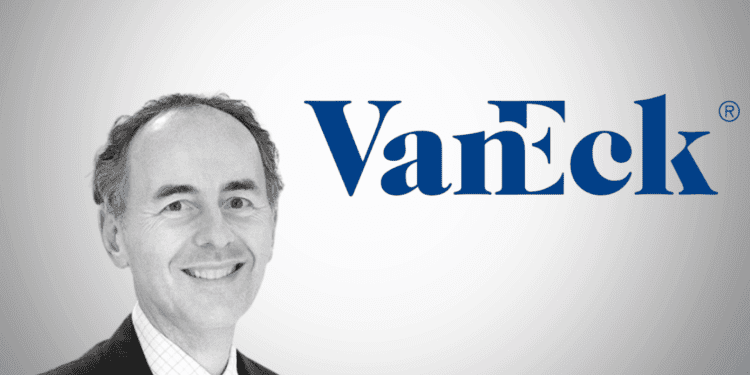- Tokenization promises increased liquidity and fractional ownership for real-world assets, but major hurdles remain.
- Liquidity requires sophisticated market-making. Simply tokenizing an asset does not create a market. Market-makers are needed to actively quote prices and provide liquidity.
- Unclear regulatory landscape. US regulation is complex and unsupportive of crypto currently. Europe is more progressive but lacks clear guidelines. Regulatory clarity is needed to encourage innovation in tokenizing real assets.
Tokenization promises increased liquidity and fractional ownership of real-world assets like real estate and art. However, two key challenges remain according to Jan van Eck, CEO of investment firm VanEck.
Liquidity Requires Sophisticated Market-Making
Van Eck says the first barrier is providing liquidity through market-making. Simply tokenizing an asset does not create a market. A market-maker must actively quote bids and ask prices and profit from the spread. This is challenging for illiquid assets without observable prices like the S&P 500. Sophisticated models are needed to determine fair pricing and profitably provide liquidity.
Unclear Regulatory Landscape
The second obstacle is regulation. Van Eck says the US regulatory environment is complex and unsupportive of new crypto markets currently. Europe offers a larger retail investor base and more progressive crypto regulation. However, clear guidelines are still lacking overall to encourage innovation in tokenizing real-world assets.
Conclusion
In summary, liquidity provision and regulation are the two main roadblocks for unlocking the potential of asset tokenization according to the VanEck CEO. Market-making mechanisms and regulatory clarity both need significant development before tokenization can reach mainstream adoption.














